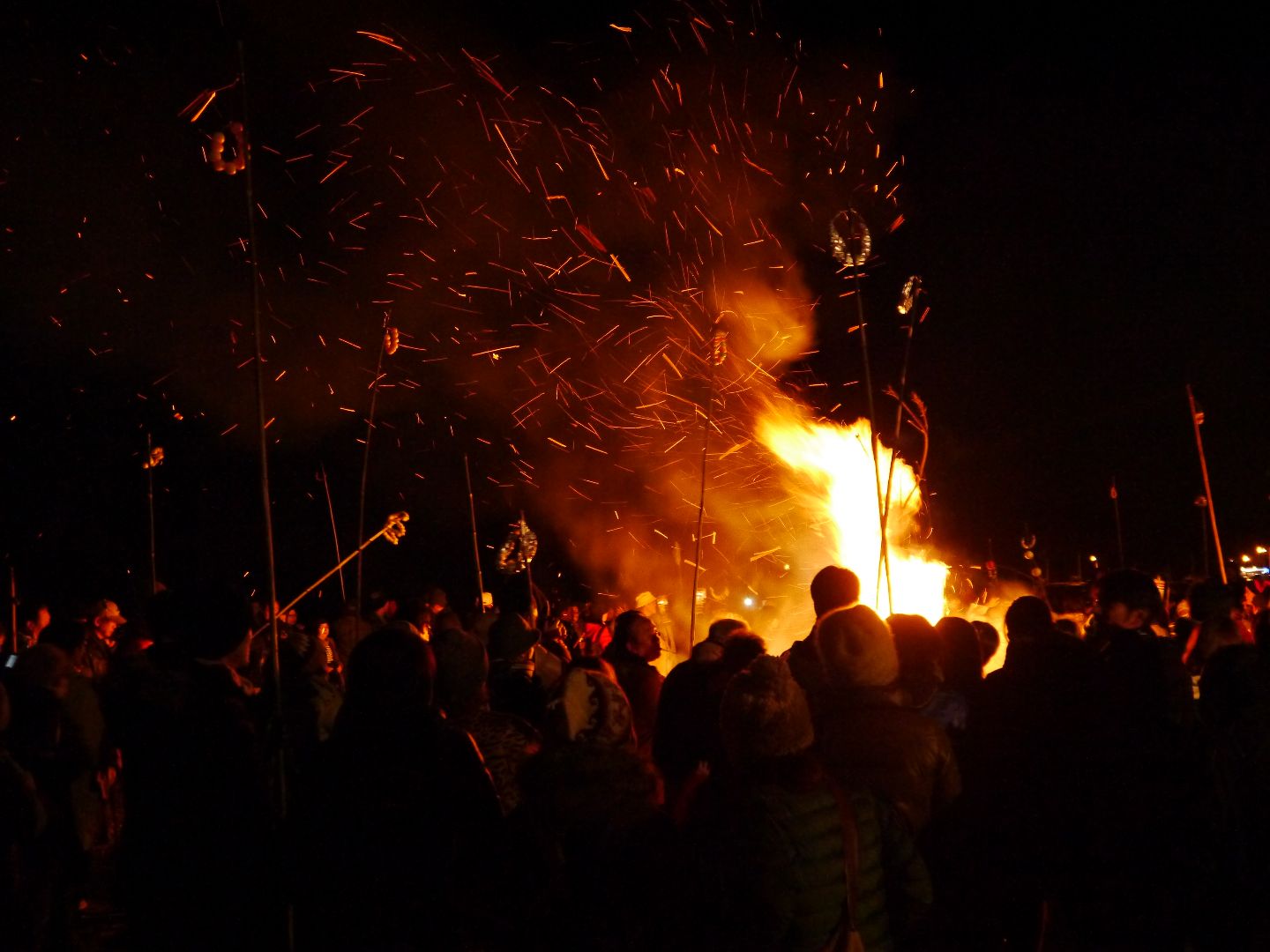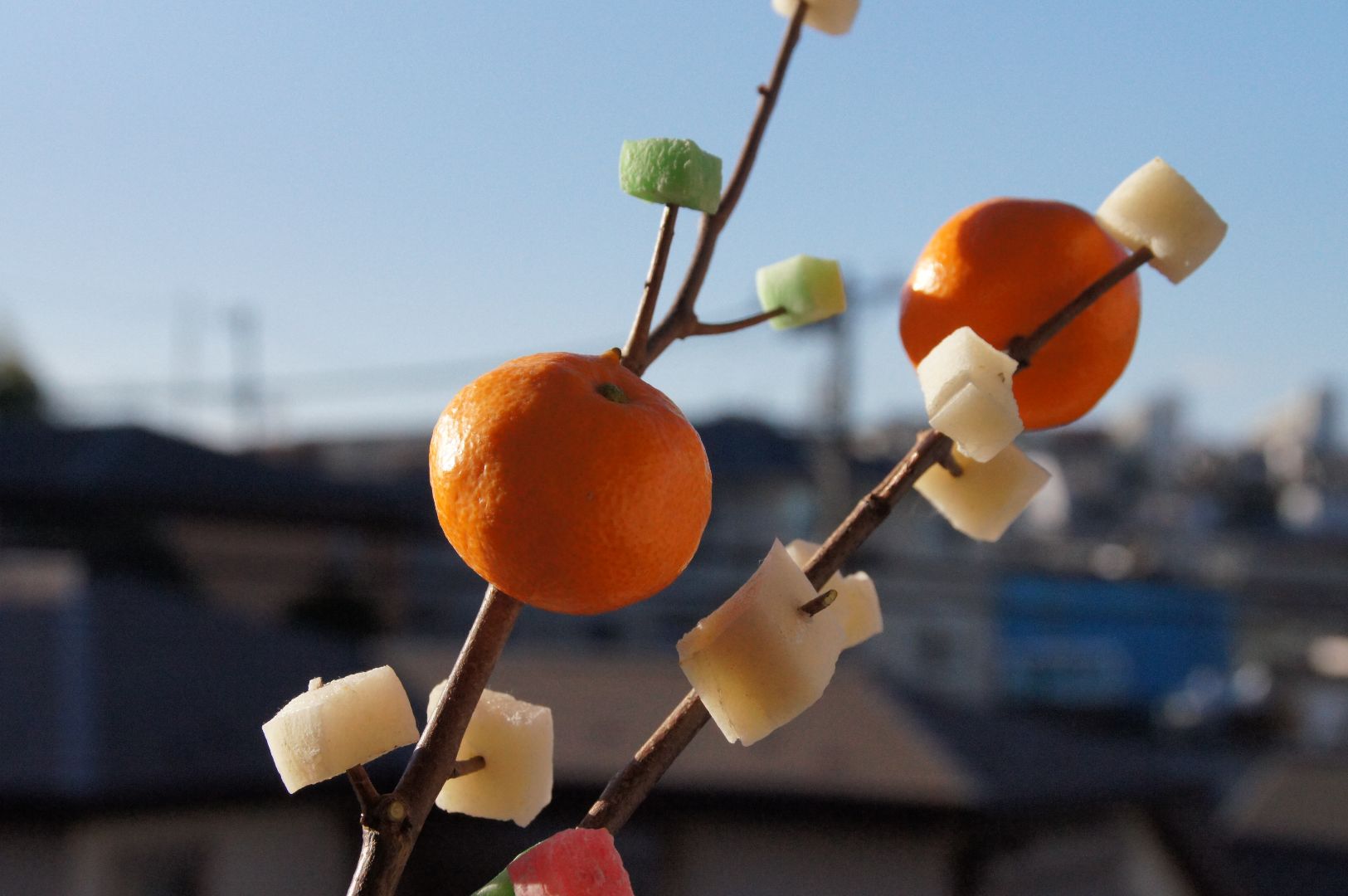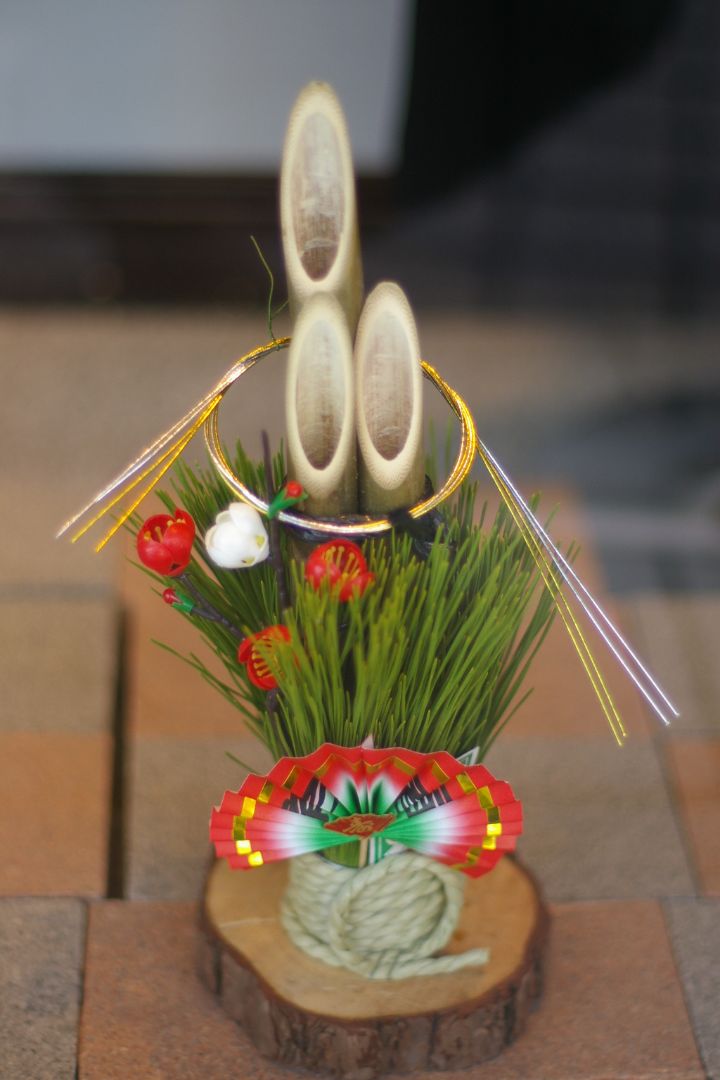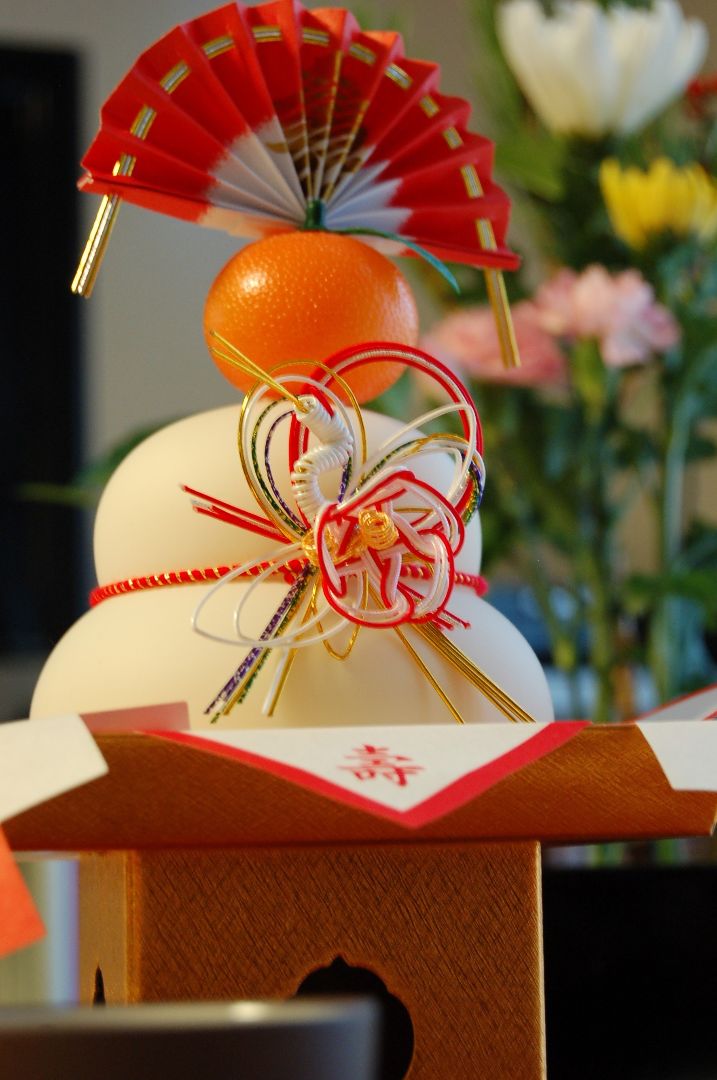

However, you might not know that part of this tradition also involves getting rid of last year's omamori and other lucky items such as omikuji (おみくじ, fortune) and daruma (だるま, Dharma dolls). As it is considered bad luck to throw them away, there is a special ceremony held called Dondo-Yaki (どんど焼き) to properly dispose of them.
Dondo-Yaki takes place on shrine grounds or large open areas in mid-January. A big pile of wood, bamboo, and straw is constructed, which is then set on fire so that people can burn their old lucky items. This is seen as a way to move on from the past and progress towards the future. This ceremony is also how people dispose of the New Year decorations, like kadomatsu (門松) and kagami-mochi (鏡餅).
Kadomatsu are decorations made of pine and bamboo set in front of homes. They are said to house ancestral spirits so that they may bring their blessings with them. Dondo-Yaki is a way to release these spirits by burning the kadomatsu.

There are other events such as kakizome (書き初め), the first calligraphy writing of the year. It is said that if your kakizome flies into the sky with the flames, you will become smarter and wiser.
The ceremony, time, and name of this tradition varies by location. Across much of Kansai it is simply called Dondo (どんど) while in Kyoto it's Sagichou (左義長). The dates range from January 14 to 19 as Dondo-Yaki was traditionally held either on the Lunar New Year's Day or koshougatsu (小正月, day of the first full moon). No matter what region you're in, check this tradition out if you get the opportunity to spend your New Year's in Japan!
